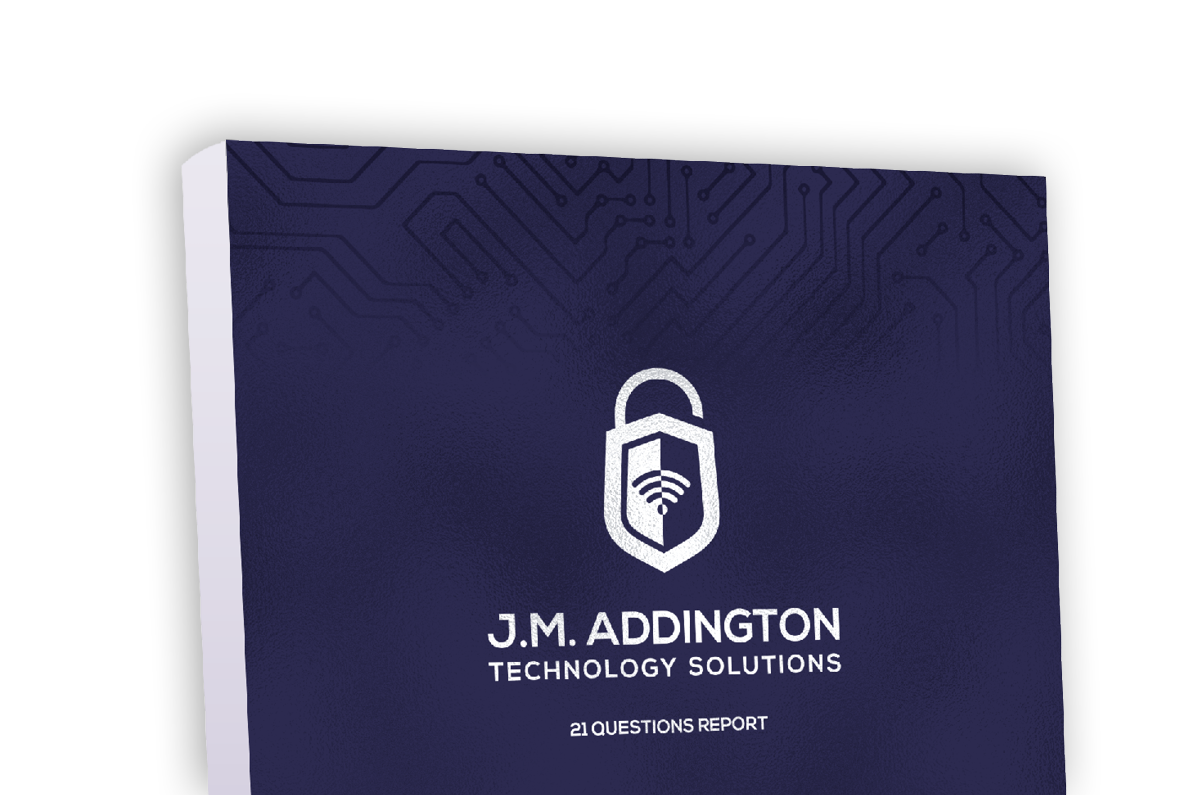It can be exciting to introduce new technology into your business. Achieving a solution that enhances your team’s efficiency by bridging a technology gap is noteworthy. But before rushing to implement it, there are a few things to consider.
When introducing new technology into your IT infrastructure, keep in mind that change can be difficult for individuals. It can be hard to predict whether end users will readily accept or resist the change. Before implementing new technology, you need a well-planned change management strategy to help you achieve success and get the most out of your investment.
Change management is an approach that deals with changes or transformations in organizational processes, objectives and technology. The goal of change management is to devise strategies to implement and govern transformation while helping people adjust to it.
There are a few factors to consider before beginning your change management journey.
Ask these questions before making a technology change:
-
What is being changed?
It’s critical to review your business environment first to identify critical areas that require a technological refresh as soon as possible.
Assume you are starting a transition from backup solution “X” to backup solution “Y.” Before implementation, spend some time assessing what the backup solution “X” lacks, why it needs an update and how important it is.
-
What will this change mean for people, processes and technology?
Communication is essential for successfully driving technological change. Make sure you develop strategies to help your employees adapt to any changes.
Examine technology mapping and dependencies to ensure you understand the implications of pulling systems offline for updates. Also, determine the processes that need to be modified and the individuals who oversee them.
-
Who will manage the change?
Identify change leaders and include their contact information in all change communications. It’s a great idea to have an executive sponsor guide your project forward and hold you accountable for deviations from your objectives.
-
When is the best time to implement this change?
It’s critical to determine the best time to implement a change. A lot of care must go into deciding when to introduce a transformation.
If your team is still adjusting to past changes, consider delaying new transitions. Conversely, if they’ve adapted to recent changes, a new transition may be well-received.
-
How long will the change take?
A change must not be too quick, causing confusion and employee frustration, or too slow, diluting the entire purpose of the transformation. Setting a realistic deadline and striving to meet it is critical.
-
Who will reach out to support if something goes wrong?
No change is immune to unexpected setbacks. That’s why it is critical to have emergency contacts of people with various skillsets to call upon in the event of a mishap. However, finding people with the necessary skillsets and knowledge base is tricky.
Collaboration with a managed service provider (MSP) who can support you in emergency and non-emergency situations can be a good idea.
Find the right partner
Change is a challenging experience. You risk damaging key processes and losing valuable team members to burnout if you don’t have a good change management strategy in place. An expert with years of experience and subject knowledge, like us, may be exactly what your company needs.
Feel free to contact us for a consultation on change management. If you want to learn more about change management, download our eBook “5 Ways to Make Your Technology Change Management a Success.”

Download our Report!
Get your copy of What Every Business Owner Must Know About Hiring an Honest, Competent, Responsive, and Fairly-Priced Computer Consultant.
